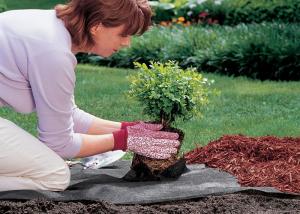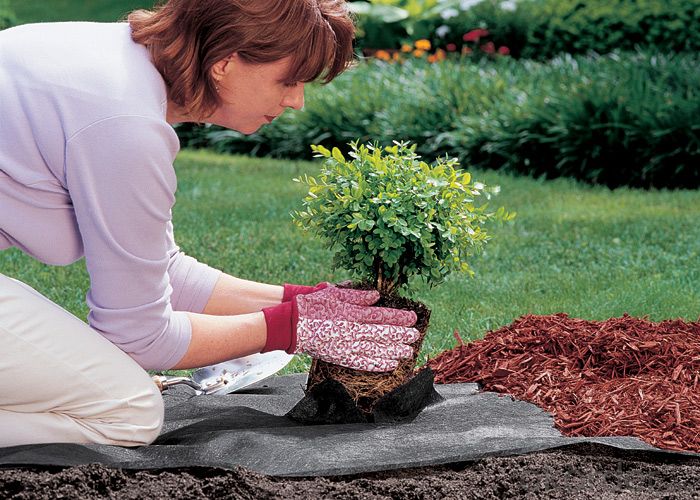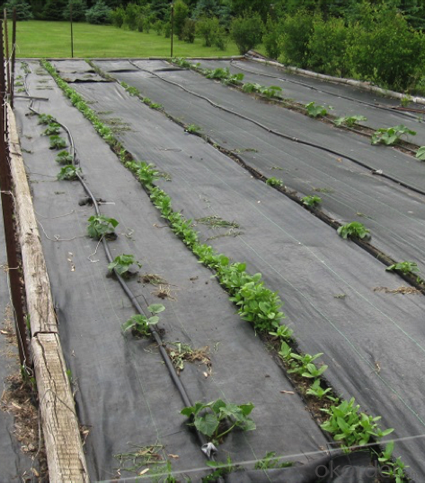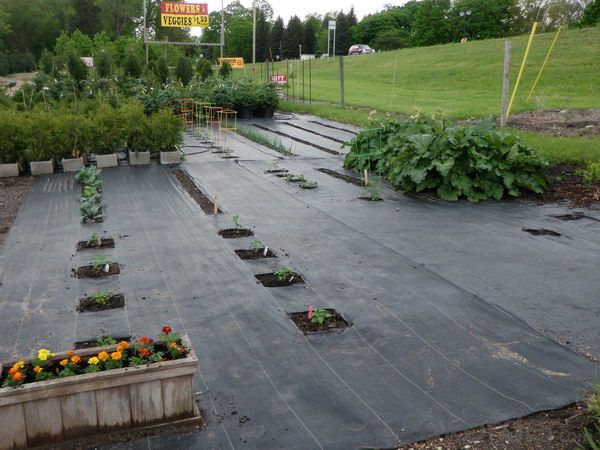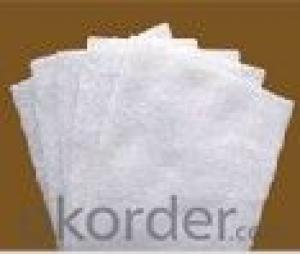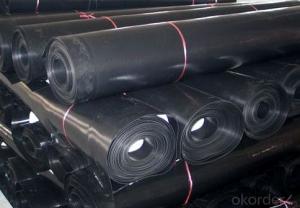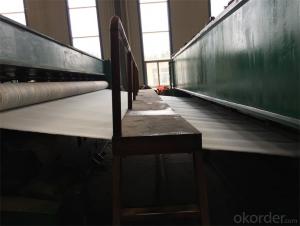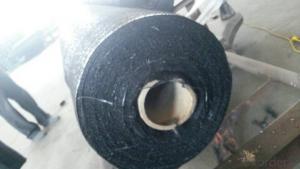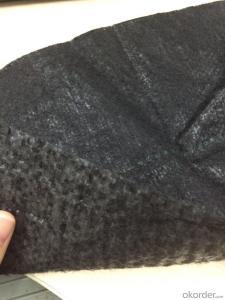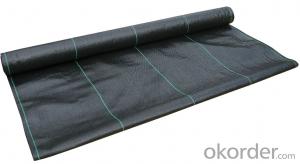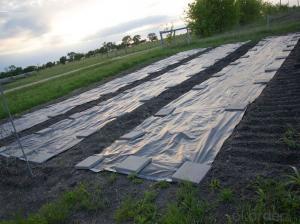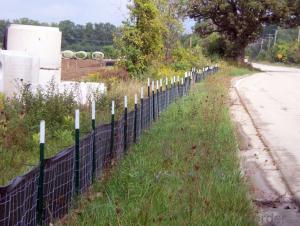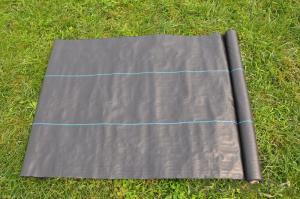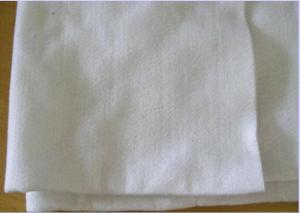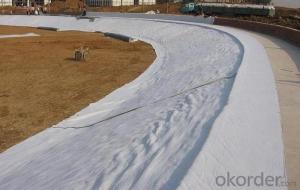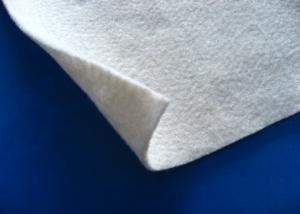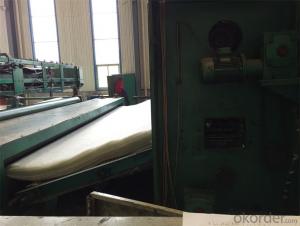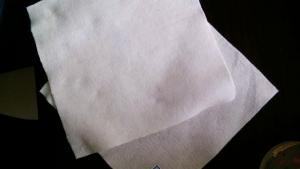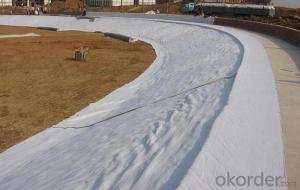Geotextile TS 40 Silt Fence with Wooden Stake/Polypropylene Fabric
- Loading Port:
- China main port
- Payment Terms:
- TT OR LC
- Min Order Qty:
- 5000 m²
- Supply Capability:
- 100000 m²/month
OKorder Service Pledge
OKorder Financial Service
You Might Also Like
1. Polypropylene Fabric Description:
Polypropylene fabric is made of environmentally friendly raw materials, pp spunbond nonwoven fabric. It used to prevent the growth of weed, without the use of potentially dangerous chemical sprays or labor intensive hoeing. Once installed, weed mat will continue providing protection for years without maintenance.
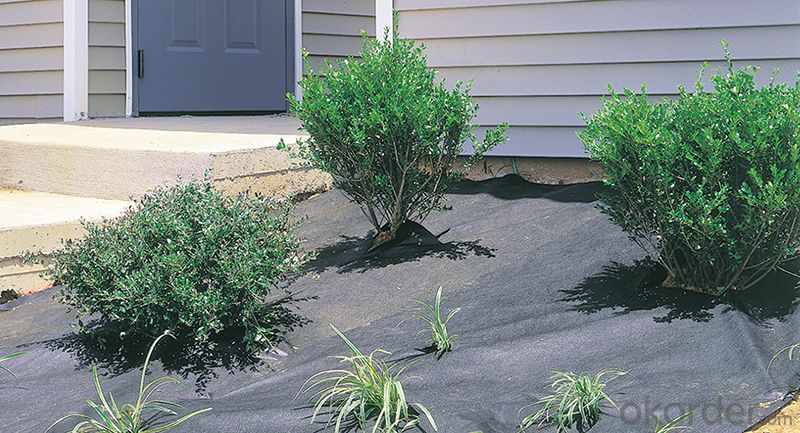
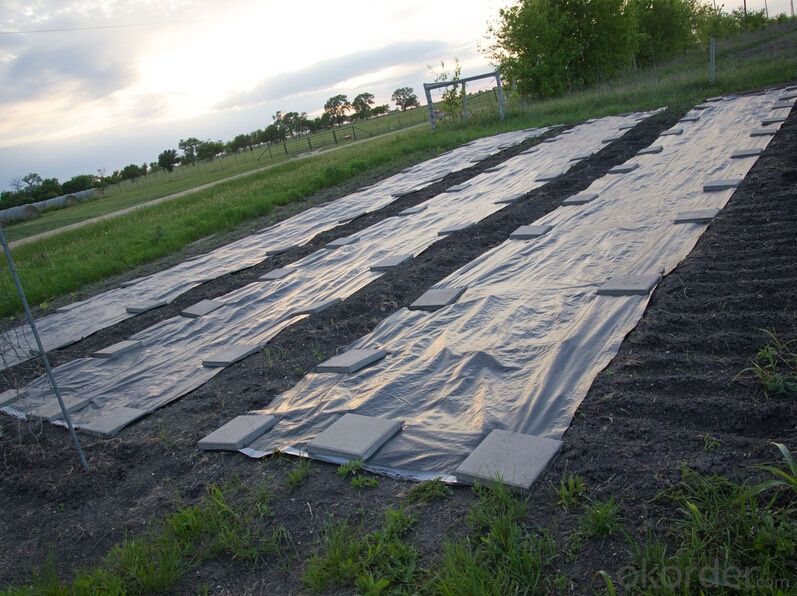
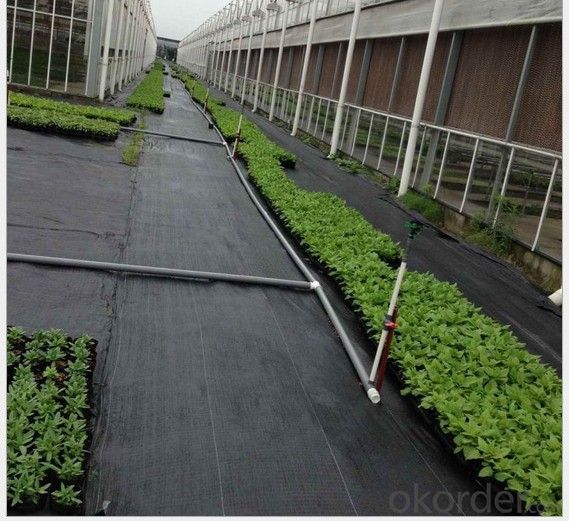
2. Polypropylene Fabric Feature:
1. Weed suppressant and drainage control landscaping fabric
2. Spun bonded non-woven fabric – will not fray when cut
3. Easy to use
4. Environmentally friendly
5. Allows water, air and nutrients through, suppressing weeds without the use of chemicals
6. Good alternative to Plantex® where cost is a factor
7. UV Stabilised
8. Reduces the level of watering required due to the slower rate of water evaporation
3. Polypropylene Fabric Function:
1. Cover crops in the ground surface,prevent weeds and against the insect
2. Controlling soil humidity and the temperature
3. Does not affect the growth of the crops
4. Protects plants from harmfully solar radiation
5. Air permeability, water permeability help crops growth.
6. Mothproof, eco-friendly, breathable, anti-bacteria, tear-resistant, fusible
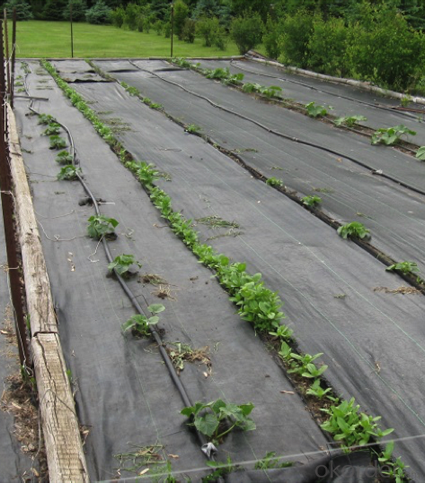
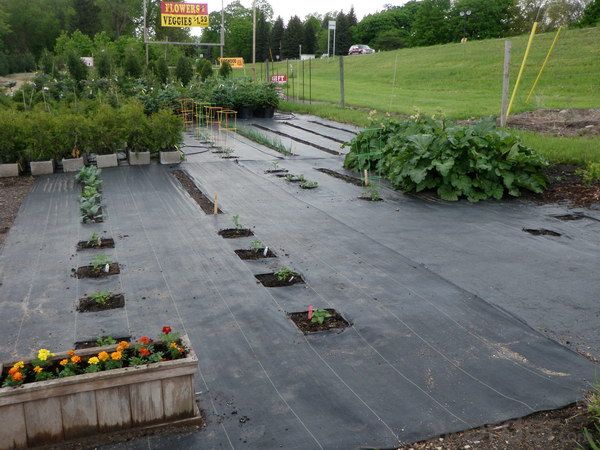
4. FAQ:
Q1: What is your minimum order quantity?
A:The minimum order quantity is 5000 ,but it is negotiable.
Q2:What is your payment terms?
A: T/T,Western Union,Paypal,L/C...
Q3:What is your delivery time?
A:Production time usually costs 2-20 days.
Waiting to cooperate with you!
- Q: Fish tank white filter cotton toxic, is not geotextile, or non-woven Yeah
- Geotextile do fish tank filter, fish will die
- Q: What are the different factors to consider for geotextile selection in agricultural applications?
- When selecting geotextiles for agricultural applications, several factors need to be considered. These factors include the type and level of soil erosion, the desired drainage and filtration requirements, the expected load and stress levels on the geotextile, the potential for chemical exposure, the climate and weather conditions, and the longevity and durability needed for the specific agricultural application.
- Q: Can geotextiles be used in mine tailings dewatering applications?
- Yes, geotextiles can be used in mine tailings dewatering applications. Geotextiles are commonly used in mining operations to separate and filter solids from liquids, including in the dewatering of mine tailings. They can effectively retain fine particles while allowing water to pass through, aiding in the process of dewatering and facilitating the management and disposal of mine tailings.
- Q: Can geotextiles be used in landfill lining systems?
- Yes, geotextiles can be used in landfill lining systems. They are often used as a barrier to separate the waste materials from the surrounding soil and groundwater, preventing contamination and promoting environmental protection. Geotextiles provide stability, filtration, and drainage functions in landfill lining systems.
- Q: Whether the non-woven geotextile is required for inspection
- It depends on what you are doing, and if the declaration of the project and the like need to be sent to the authority of third-party testing, if only the daily sales and the like as long as the internal testing on the line friends.
- Q: Where are geotextiles used?
- Geotextiles are used in various applications such as construction, civil engineering, agriculture, and environmental projects. They are commonly used to reinforce soils, control erosion, separate materials, and provide filtration and drainage in roadways, retaining walls, landfills, dams, and other similar structures.
- Q: How do geotextiles contribute to pavement performance?
- Geotextiles contribute to pavement performance by providing reinforcement, separation, filtration, and drainage functions. They help in preventing the mixing of different layers of pavement materials, which reduces deformations and extends the lifespan of the pavement. Additionally, geotextiles improve the load-bearing capacity of the pavement by distributing the load more evenly, reducing the likelihood of cracks or failures. They also aid in filtering out fine particles, preventing clogging and maintaining proper drainage, which further enhances the pavement's durability and resistance to water damage.
- Q: How do geotextiles help with filtration in drainage systems?
- Geotextiles help with filtration in drainage systems by acting as a barrier that prevents the passage of fine particles while allowing water to pass through. They effectively filter out sediment, debris, and other contaminants, ensuring that only clean water flows through the drainage system. This helps to maintain the system's functionality and prevent clogging or blockages.
- Q: What are the specifications for geotextiles and geogrids commonly used on expressways?
- You are the production, or sales, or procurement, the question asked, what model is the designer's decision
- Q: How do geotextiles help with erosion control in riverbanks?
- Geotextiles help with erosion control in riverbanks by providing a protective barrier that prevents soil erosion, while allowing water to flow through. They stabilize the soil, preventing it from being washed away by the force of the water, and also promote the growth of vegetation, which further helps to anchor the soil and protect against erosion.
Send your message to us
Geotextile TS 40 Silt Fence with Wooden Stake/Polypropylene Fabric
- Loading Port:
- China main port
- Payment Terms:
- TT OR LC
- Min Order Qty:
- 5000 m²
- Supply Capability:
- 100000 m²/month
OKorder Service Pledge
OKorder Financial Service
Similar products
Hot products
Hot Searches
Related keywords
